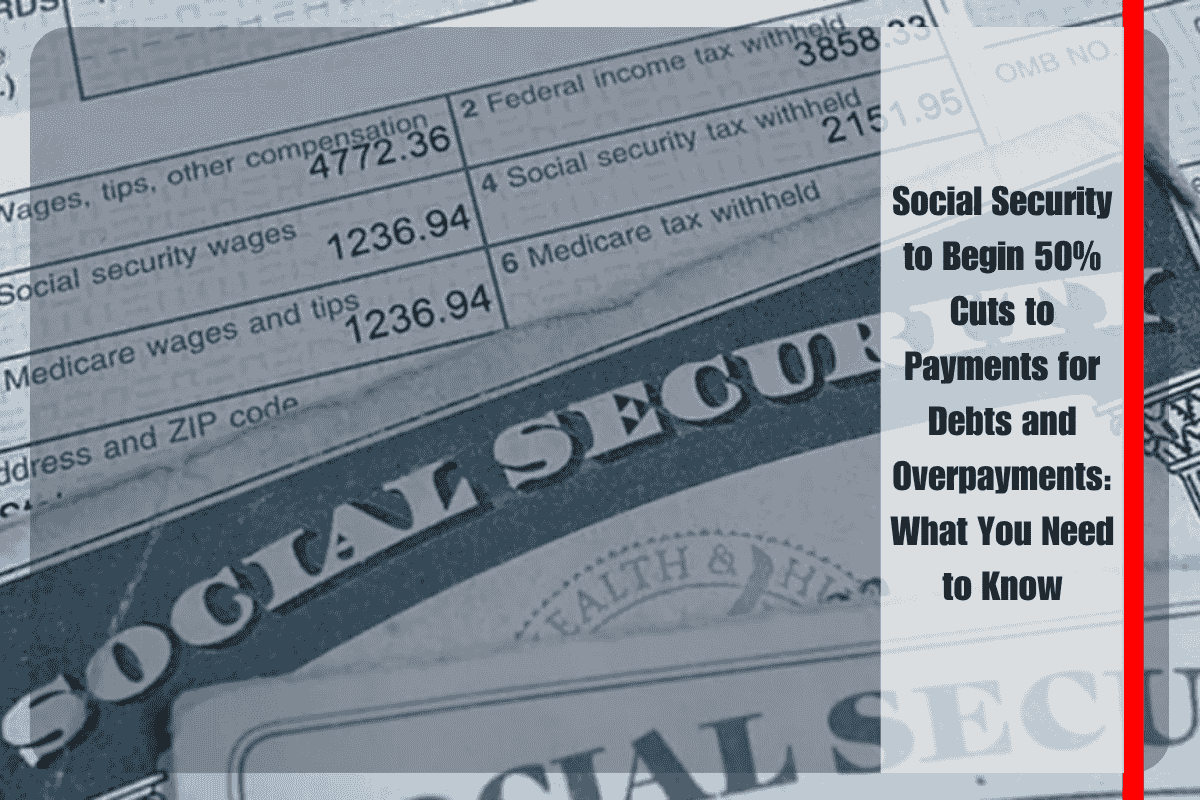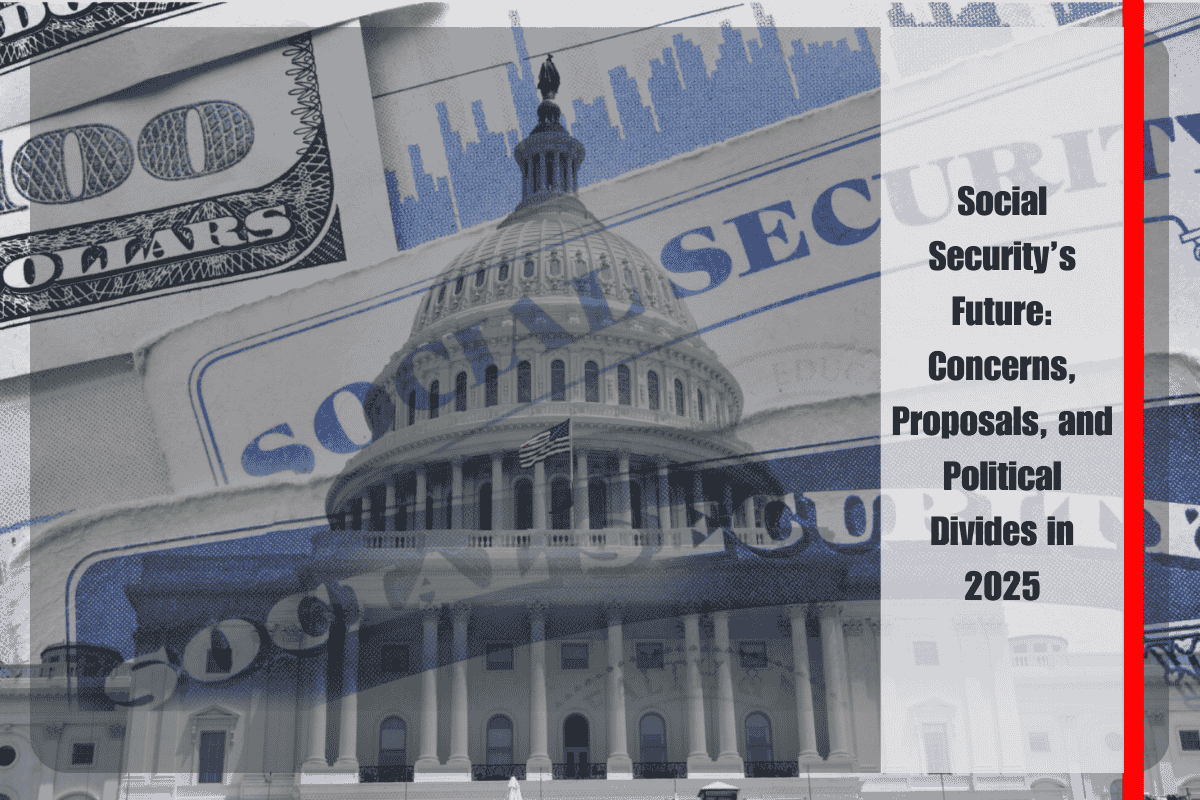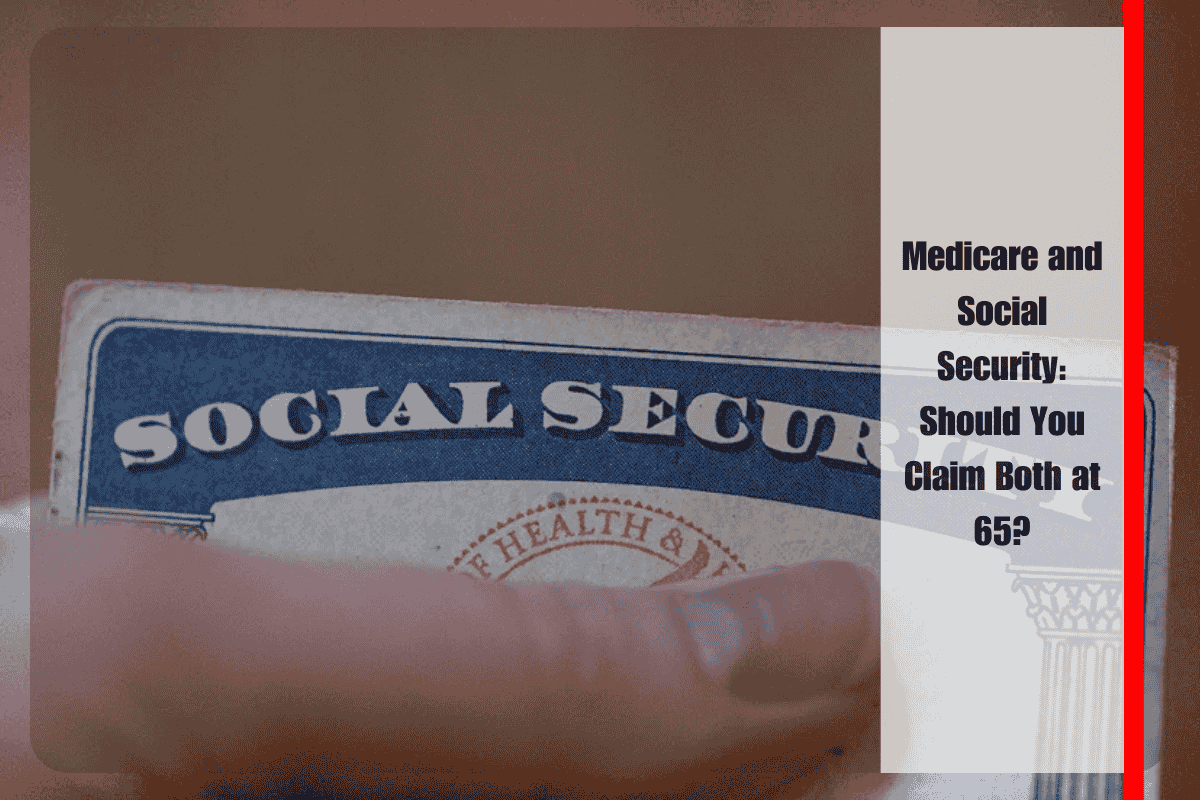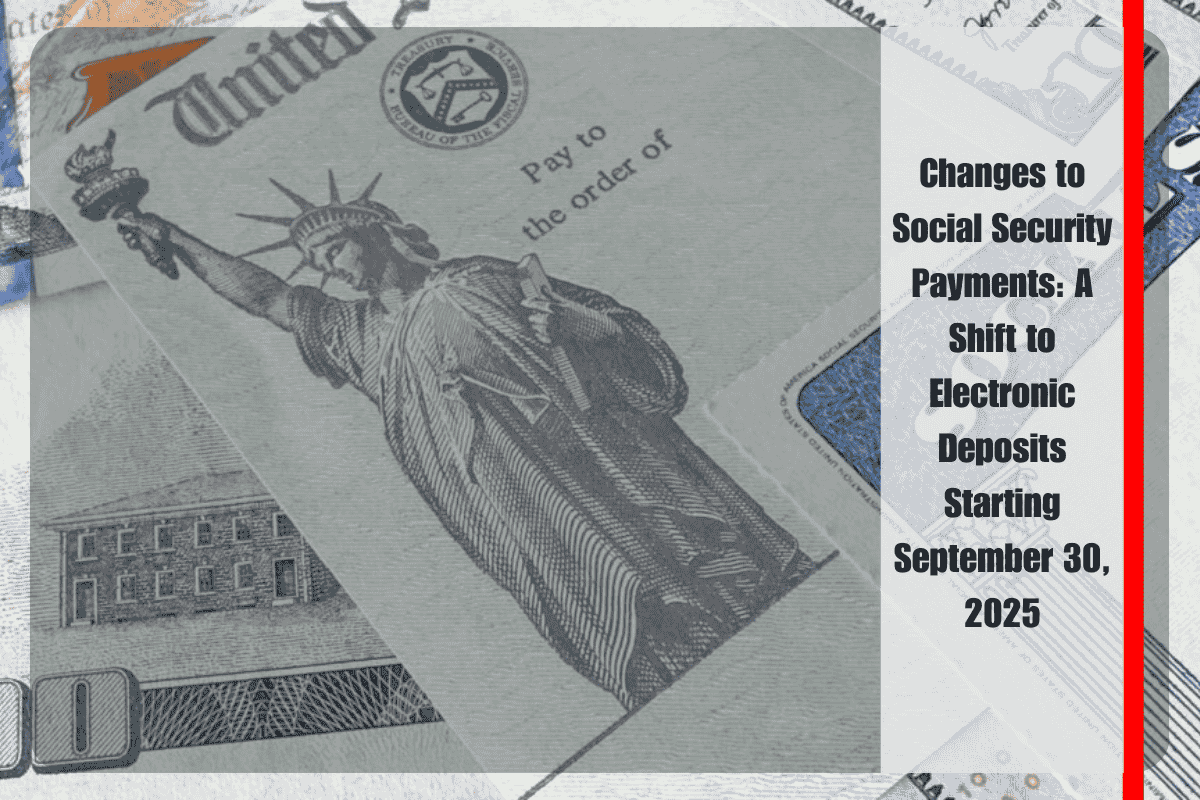Starting on July 24, 2025, the U.S. Social Security Administration (SSA) will begin collecting 50% of monthly payments from recipients with outstanding debts and overpayments. This cut represents a significant increase from the previous 10%, which could have a major impact, especially for those who depend entirely on Social Security Disability Insurance (SSDI) or Supplemental Security Income (SSI). Here’s what you need to know and how you can potentially avoid or reduce this cut.
Who Will Be Affected?
The 50% payment reduction will affect those who have outstanding overpayments or debts with the SSA, including SSDI, SSI beneficiaries, and retirees. The key groups that may be impacted include:
SSDI beneficiaries
SSI recipients
Retirees
Those who have received an overpayment notice from the SSA
Those who have not reported changes in income, marital status, or disability status to the SSA
Previously, the SSA deducted only 10% from monthly payments for overpayments, but this will now increase to 50% as of July 24, 2025. This means some recipients could see their monthly income cut in half, which could lead to significant financial difficulties for those who rely solely on Social Security benefits.
How to Find Out if You’re Affected
If you’re uncertain whether your payment will be affected by this reduction, you have a few options to find out:
Call the SSA at 1-800-772-1213
Log into my Social Security to check if you were notified about an overpayment before April 25, 2025.
If you received an overpayment notice by April 25, you are likely to be affected by the new 50% cut starting July 24, 2025.
What Can You Do to Avoid the 50% Cut?
If you are facing a 50% cut, there are ways to avoid or reduce the impact. The SSA allows recipients to apply for a waiver or request a reconsideration within a specific timeframe. Here are some steps you can take:
Request a Waiver: If the overpayment or debt was due to an administrative error, you may be eligible for a waiver. This option allows you to avoid or reduce the cut by proving the overpayment was not your fault.
File an Appeal: If you believe the overpayment is incorrect, you can file an appeal to challenge the SSA’s decision.
Demonstrate Financial Hardship: If the 50% cut would leave you unable to meet basic needs, you can negotiate a lower payment amount with the SSA. You will need to provide evidence that the reduced amount won’t allow you to cover essential living costs.
It is crucial to act before the deadline of July 25, 2025, to ensure that you don’t lose the opportunity to file for these options.
Impact of the 50% Cut
For example, if you receive an average SSDI payment of $1,580, the new 50% reduction would cut your monthly payment down to $790. For those who rely entirely on Social Security payments, this drastic reduction could severely impact their ability to cover living expenses, such as rent, utilities, and food.
Social Security Overpayments: Why Is This Happening?
Between 2015 and 2022, the SSA reported $72 billion in improper payments and overpayments. While this may seem like a small percentage of the SSA’s overall budget (1%), it’s still a significant amount, and the SSA is looking for ways to recover these funds. This is why they’ve implemented the 50% deduction as a strategy to address these overpayments and balance their accounts. Unfortunately, this policy change is causing hardship for many who live exclusively on Social Security benefits.
How Long Will This Cut Last?
This cut will continue until the overpayment is fully repaid unless you choose to pay the debt in full at once. You can pay by credit card, check, or file a waiver if you’re eligible. However, if you don’t address the issue, the SSA will continue to take 50% of your monthly payments until the debt is resolved.
The upcoming 50% cut in Social Security payments starting on July 24, 2025, is a significant change that could cause financial hardship for many recipients. If you’re affected, you may be able to reduce or avoid the cut by filing for a waiver, appealing the decision, or proving financial hardship. It’s important to take action immediately to avoid this reduction and ensure you have the resources needed to meet your basic needs. Contact the SSA or log into mySocialSecurity to check if you’re affected, and take steps to protect your benefits before it’s too late.












